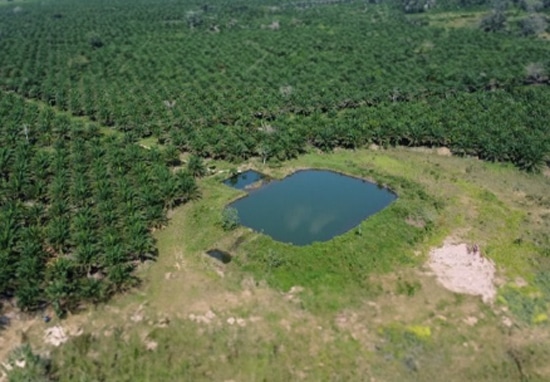- Loading stock data...
Infrastructure Assets
With easy access to deep-draft vessels, proximity to highways, and free trade zone status, Puerto Bahía is a logistical powerhouse that handles over 70,000 barrels per year.
Explore our top-tier ODL infrastructure connecting the Llanos basin to the Coveñas export terminal, improving efficiency in transporting heavy crude oil.
SAARA reverse osmosis plant will reduce water disposal costs with the capacity to treat up to 1 million barrels of residual water per day to be re-used for irrigation in Proagrollanos palm oil plantation.
Puerto Bahía99.97% ownership
Sociedad Portuaria Puerto Bahía is a state-of-the-art multimodal maritime terminal in Colombia, privileged with its strategic location in the heart of the Cartagena Bay. Puerto Bahía’s assets under operation position the port as a strategic partner for both the liquid bulk and dry cargo industries.
Ideal operation hub: premier location reduces vessel, truck transit time and carbon footprint. Free trade zone located 20hr away from Panama Canal
No draft Restriction: Cartagena’s bay deep waters (16-19m) allow entrance of PostPanamax vessels with no dredging required
Continuous Operation: Natural sheltered water, with the closest port to bay access (low vessel trafic and maneuvering time)
Hinterland Connection: proximity to Canal del Dique, granting easy access to the Magdalena river, which connects the Caribian Coast to major cities like Bogota and Medellin. Immediate access to major highways
Puerto Bahia entered into an agreement to connect with the Cartagena Refinery with up to 84,000 bbl/d capacity bi-directional hydrocarbon flowline expected to start up by year-end 2024.
Today, the port manages over 70 kbpd of oil and oil products and is the country’s largest roll-on/roll-off cargo operator.
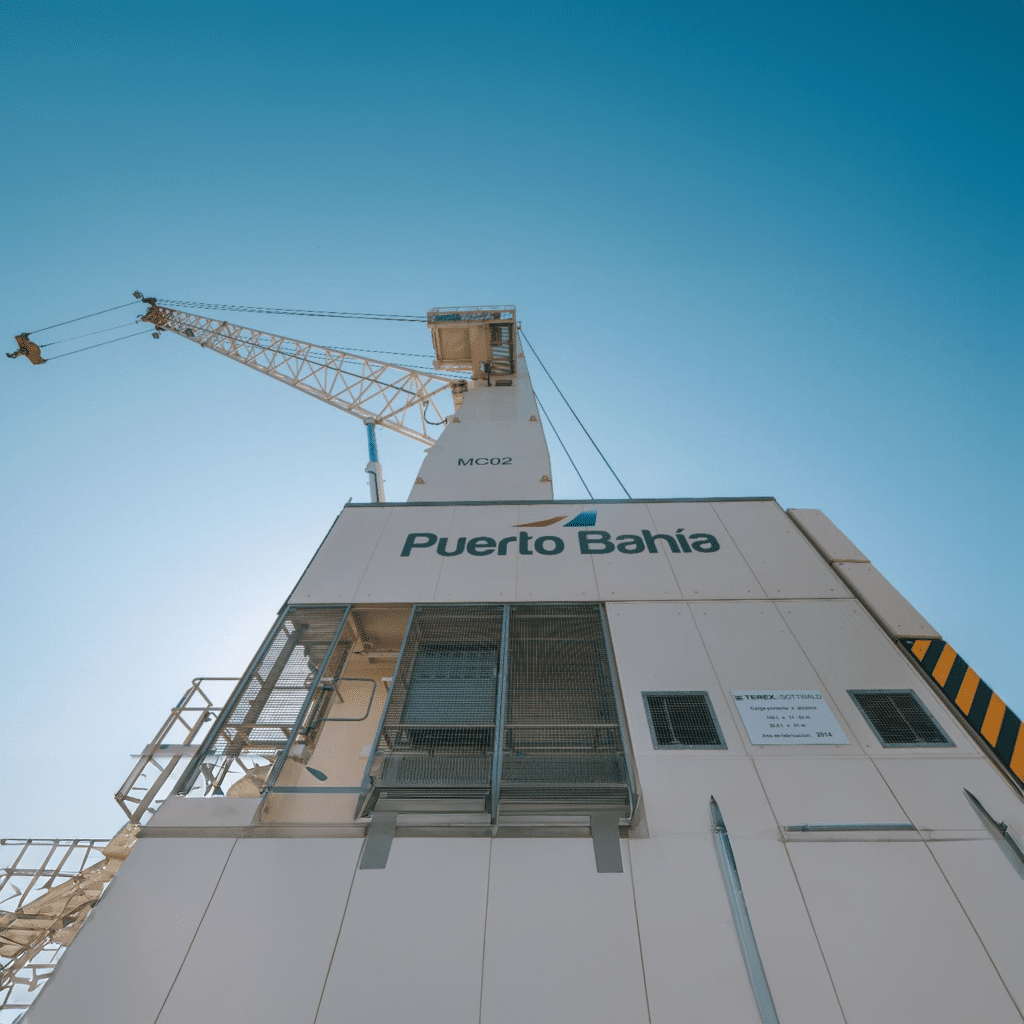
General Cargo
Specific area for the transport of general cargo, specialized in the handling of extra-heavy, extra-dimensional items and rolling cargo.
- 30 hectares for RoRo cargo
- 15,000 standard storage slots for vehicles with capacity to handle more than 140,000 vehicles per year
- 2 docking positions in the dry terminal dock
- Equipment for cargo handling
- 3 specialized enlistment centers for value added services
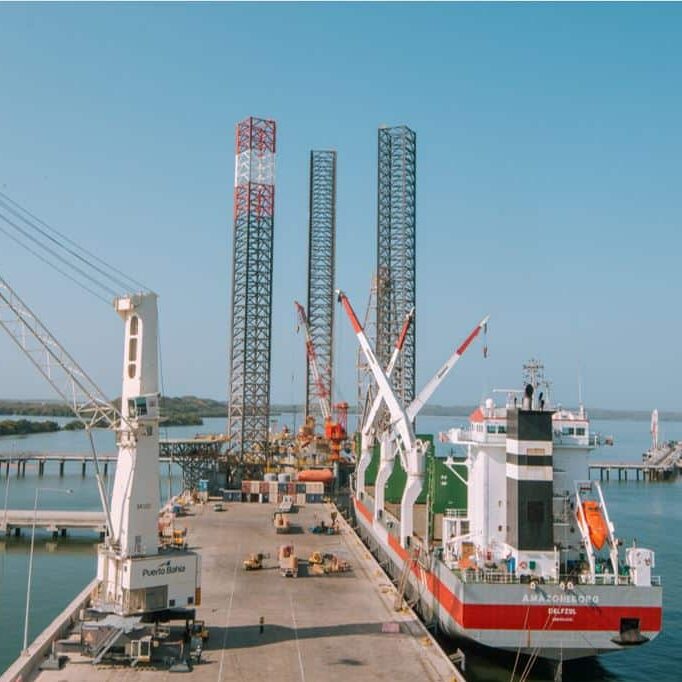
Liquid Terminal
The country’s first bulk liquid handling dock with the latest technology for loading and unloading hydrocarbons and great direct transfer capacity. It enables cross-docking operations and import of crude oil and refined products.
- Liquid Jetty: Two docking positions for vessels up to 1 million barrels
- Storage Tanks: 8 storage tanks with a nominal capacity of 334 kbbl each, plus 3 tanks with heating and expandability.
- Tanker Truck Station: 8 loading/unloading positions interconnected with storage tanks
- Barge Terminal: Simultaneous service for up to 4 barges loading/ unloading
Reficar Connection Agreement will have a capacity of up to 84,000 barrels per day. The connection will be capable of handling imported and domestically produced crude. Puerto Bahía will provide Reficar heating, product recirculation, pumping, barge unloading, tanker and truck reception, and other services, enabling Puerto Bahía to materially grow its revenues, operations, and capacity usage once the connection is in service and supporting the expected expansion in Reficar’s capacity.
The connection will deliver additional revenue generation opportunities for Puerto Bahía and Reficar, the local communities of Barú, Cartagena, and Colombia.
ODL Pipeline Indirect 35% ownership, through ownership of 100% interest in PIL
The ODL pipeline is a 260-kilometer, 24-inch pipeline located in the Meta and Casanare Departments with a capacity of 300,000 bbl/d at 18° API that transports Frontera’s heavy crude oil from the Quifa SW and Cajúa fields and part of the CPE-6 field, as well as other third-party production from the Llanos basin, including from Ecopetrol, Hocol, Geopark and Parex. It connects the OCENSA pipeline at Cusiana and Monterrey to the export terminal in Coveñas. Ecopetrol’s Cenit Transporte y Logística de Hidrocarburos S.A.S. owns the remaining 65% of ODL.
30% of Colombia’s production is transported throught ODL
70% of Colombia’s 1P Oil Reserves located in ODL service area
$1.3Bn in shareholders distributions since inception (2009)
The ODL results are consolidated through the equity method in the Company’s Interim Financial Statements; it generates a dividend of US$40-$50 million for Frontera.
SAARA & ProAgrollanos: Integrated water management project
SAARA (formerly Agrocascada)
- SAARA reverse osmosis plant water treatment facility
- SAARA’s nameplate capacity is 1,000 mbwpd. The plant will help solve and take advantage of the availability of production water from the Quifa and Rubiales fields
- It removes salts from water to bring it to physicochemical characteristics suitable for use in agricultural irrigation
- The treated water will be reused in agricultural activities, in an African palm plantation owned by Proagrollanos
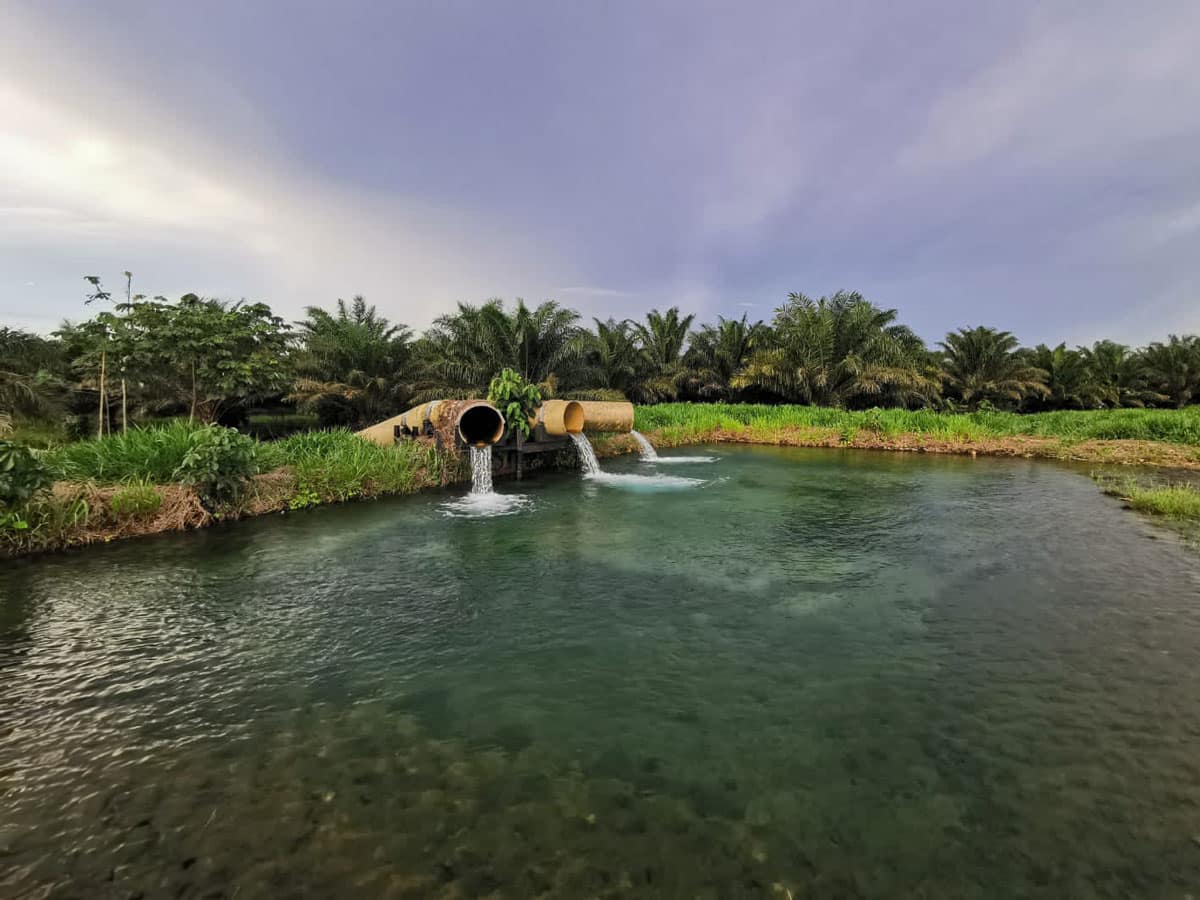
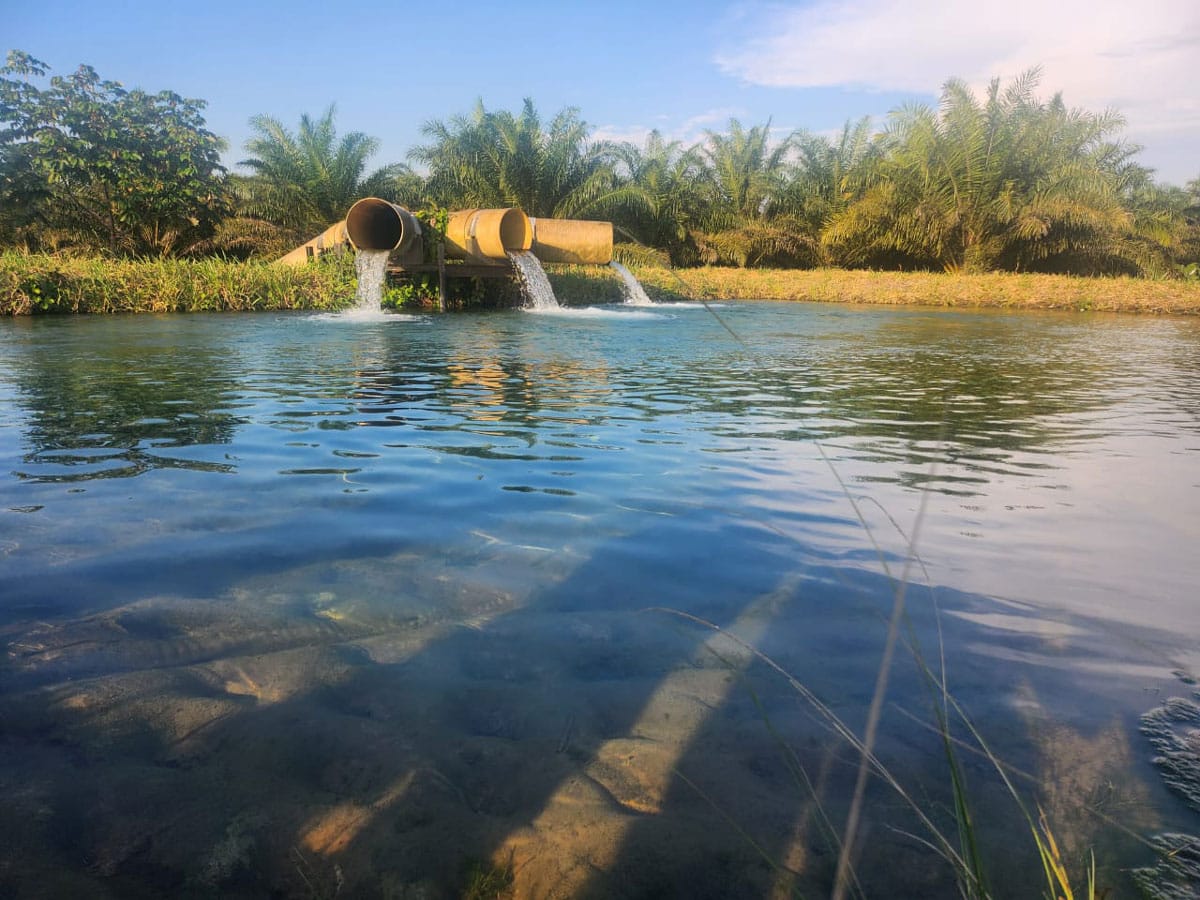
PROAGROLLANOS
- African Palm planting project in the Municipality of Puerto Gaitán, department of Meta. It currently has ~3,000 Ha in production, with a productivity close to 8 tons/ha, .
- Treated water provided by SAARA will increase irrigation and may improve palm crop productivity from 9 tons per Ha/year to 20-25 tons per Ha/year
